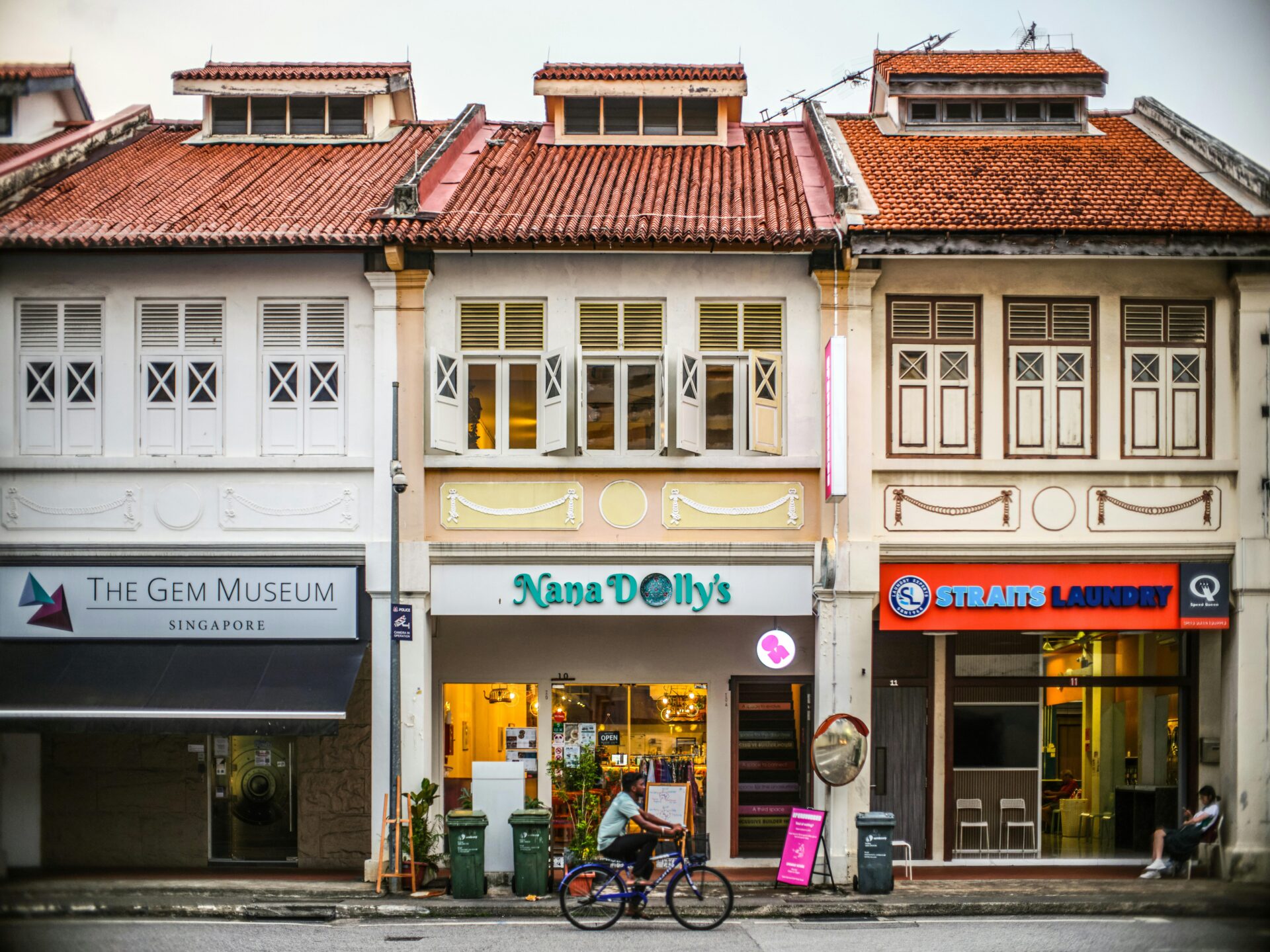The property investment landscape in ASEAN is undergoing a dramatic transformation. Driven by rapid urbanization, shifting lifestyles, and sustainability imperatives, mixed-use developments are emerging as the region’s most compelling investment opportunity. These integrated projects—blending residential, commercial, office, and leisure spaces into vibrant, self-contained hubs—are reshaping how people live, work, and invest across Southeast Asia, with the Philippines positioned at the forefront of this movement.
ASEAN’s urban transformation
From Singapore’s gleaming skylines to the dynamic streets of Ho Chi Minh City, Southeast Asia’s major cities are embracing mixed-use developments as a powerful solution to urban sprawl, traffic congestion, and disconnected cityscapes. These projects create walkable neighborhoods where residents can live, work, shop, and unwind without grueling commutes—a practical response to the region’s mounting transportation challenges.
The model aligns seamlessly with ASEAN governments’ growing commitment to sustainability. Green building certifications and energy-efficient infrastructure are now standard features, particularly in forward-thinking markets like Singapore and Malaysia. These initiatives reflect both environmental responsibility and strategic regulatory incentives designed to build more resilient cities.
Real benefits for real communities
Mixed-use developments deliver tangible advantages that extend far beyond investor returns. By concentrating retail centers, offices, parks, and cultural venues within a single neighborhood, these projects naturally foster social connections and community vitality. Their walkable, dense layouts reduce vehicle dependence, cutting pollution while making cities more livable.
For the Philippines specifically, mixed-use developments tackle longstanding urban pain points—crushing traffic and strained infrastructure chief among them. These integrated communities make optimal use of limited land while offering diverse housing options that accommodate the full spectrum of Filipino lifestyles. They also energize local economies by creating jobs and sparking commercial activity that ripples through surrounding areas.
Why investors are paying attention
The investment case for mixed-use developments centers on one powerful advantage: diversification. Multiple revenue streams from residential rents, commercial leases, and retail sales create a buffer against market volatility that single-use properties simply cannot match. This appeals to institutional investors and individual buyers alike.
The rise of flexible workspaces and co-working hubs within these developments adds another dimension of appeal, tapping into ASEAN’s expanding gig economy and evolving work patterns. In the Philippines, ongoing infrastructure improvements—enhanced public transportation, upgraded road networks—are making mixed-use areas more accessible and attractive, driving property values higher and broadening investor participation beyond traditional urban cores.
Navigating the challenges
Despite their promise, mixed-use developments aren’t without complications. Successful execution demands sophisticated planning and careful coordination. Designers must balance the sometimes competing needs of residents, businesses, and visitors. Sustainable materials and cutting-edge technologies often carry higher upfront costs. Regulatory frameworks vary significantly across ASEAN nations, occasionally creating approval bottlenecks and execution hurdles.
Yet these challenges pale against the long-term social, economic, and environmental returns. Mixed-use developments are proving essential to ASEAN’s—and particularly the Philippines’—urban evolution, with their capacity to generate resilient, inclusive, and connected communities gaining recognition among developers, policymakers, and investors navigating the region’s rapid transformation.
The integrated future
Mixed-use developments represent more than a trend—they’re the new frontier of property investment in ASEAN, especially in the Philippines. They offer a rare convergence of economic viability, social




